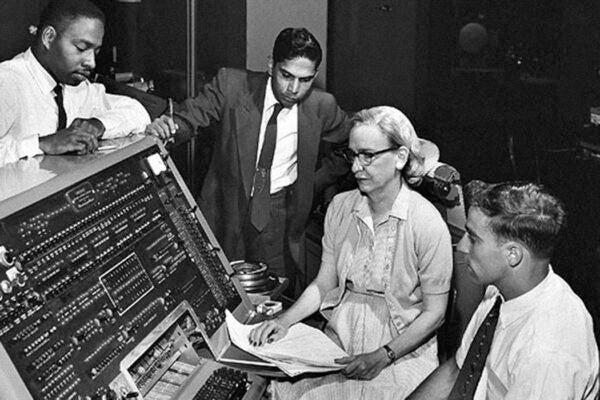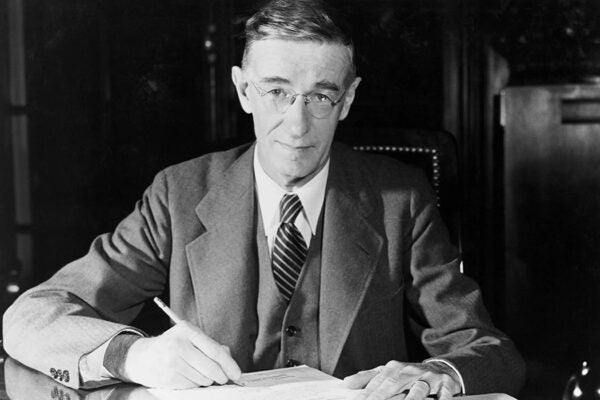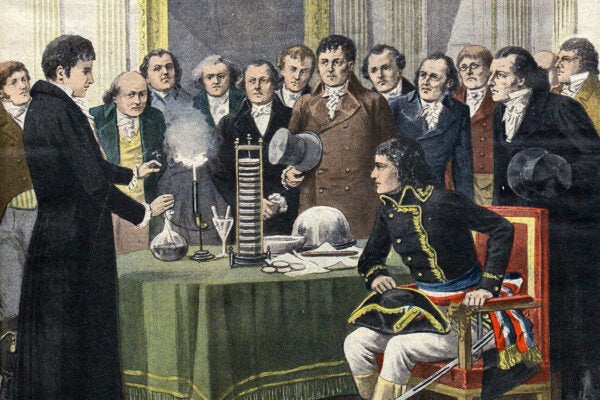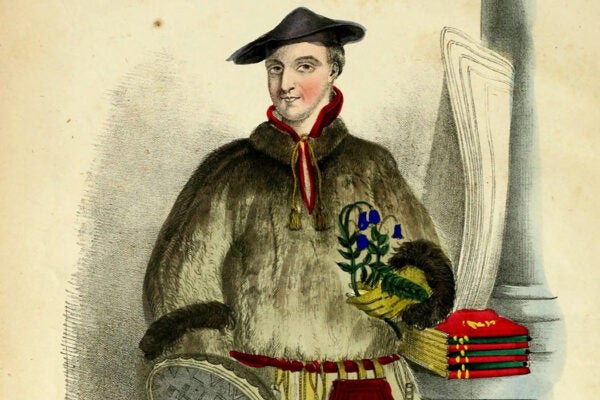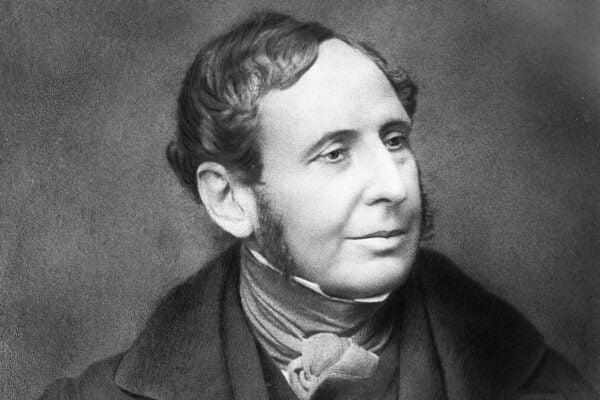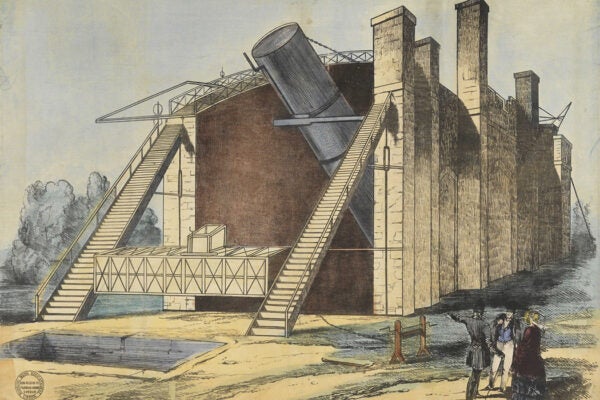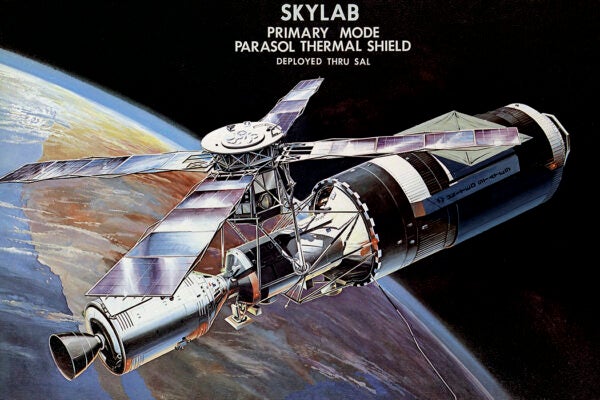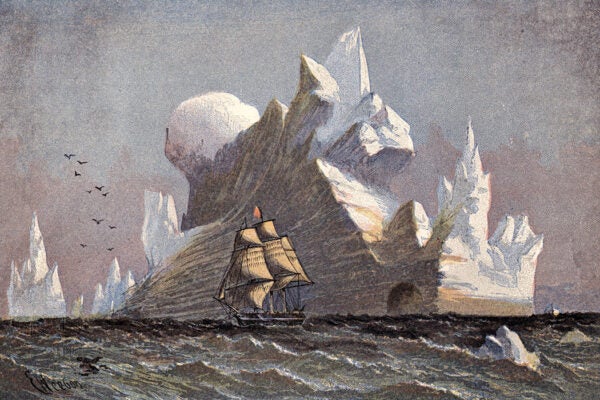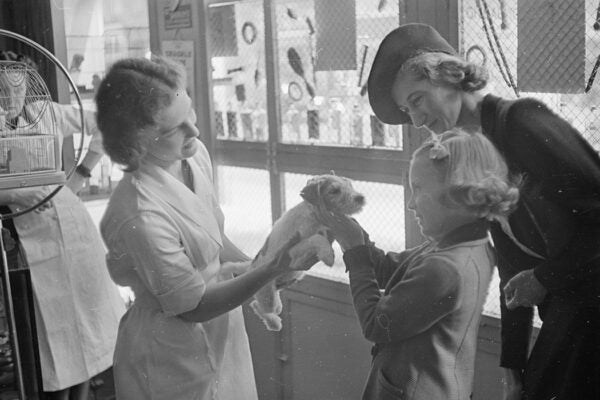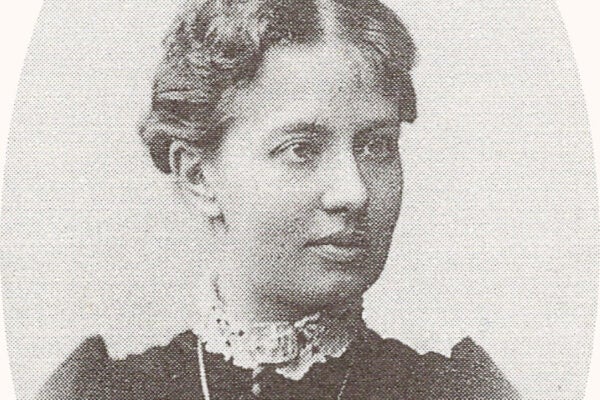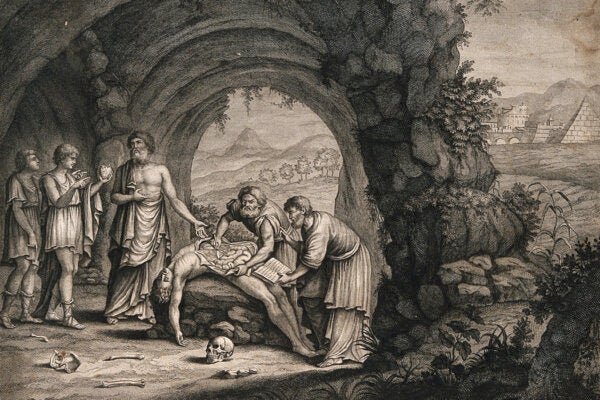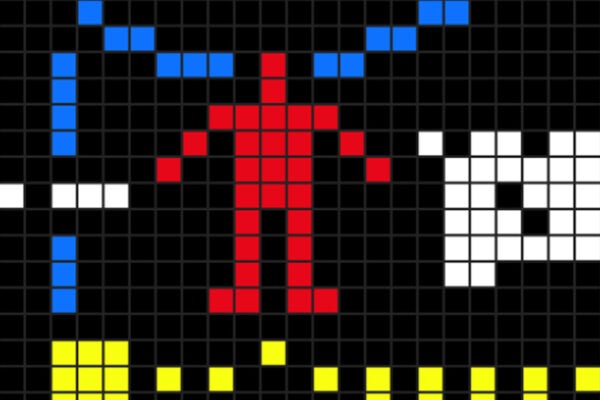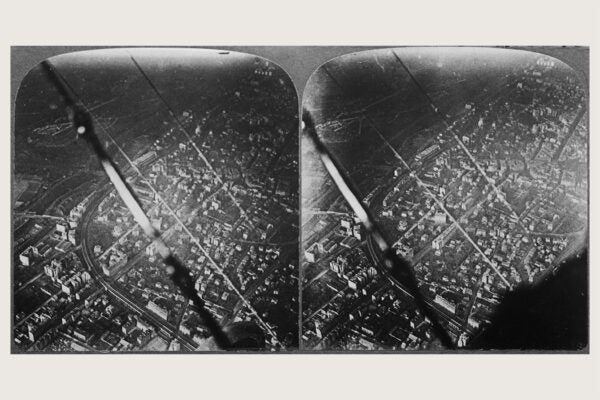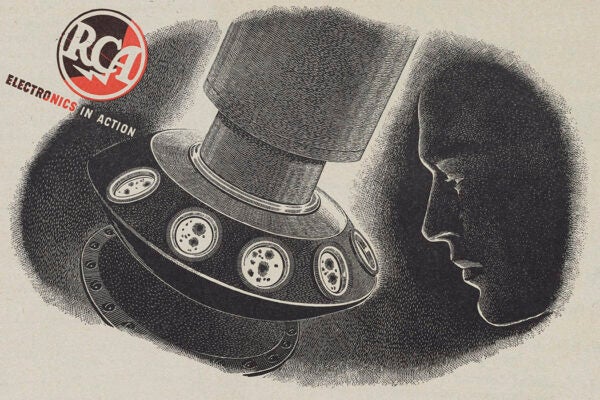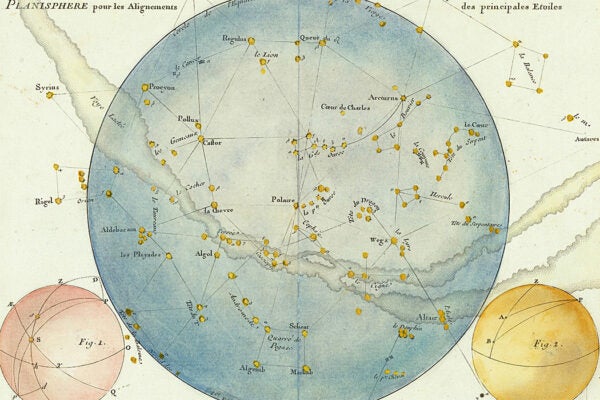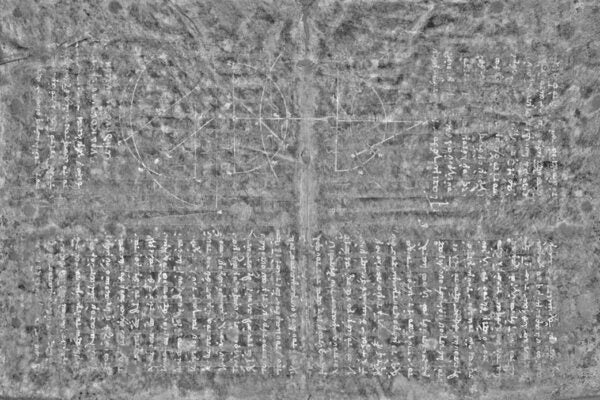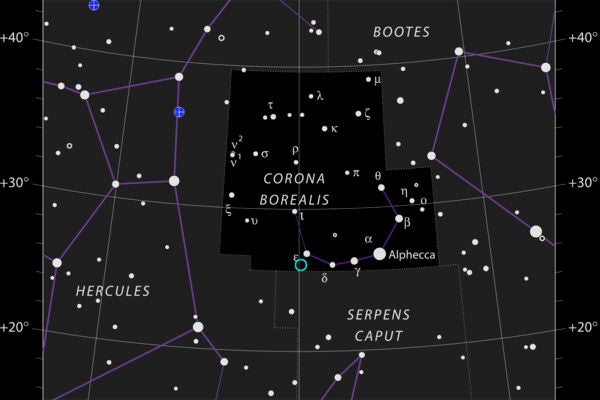Christiaan Huygens and the Scientific Secrets of Saturn
Seventeenth-century science was so competitive that Christiaan Huygens used a cipher to conceal his Saturn observations when sharing them with interlocutors.
Phantoscopes, Radiovision, and the Dawn of TV
After creating a projector called the Phantoscope in 1895, C. Francis Jenkins successfully tackled the problem of transmitting motion pictures through radio.
Talking with Machines: Computer Programming as Language
The proliferation of different types of computing machines in the 1950s enabled—or perhaps forced—the creation of programming languages.
Science in War, Science in Peace: The Origins of the NSF
The 1950 establishment of a federal agency devoted to space, physics, and more belied a cross-party consensus that such disciplines were vital to national interest.
Electric Fish and the First Battery
Allesandro Volta invented the voltaic pile, the earliest electric battery, in part because of his investigations into the torpedo, an electric ray fish.
Was Carl Linnaeus Bad at Drawing?
Linnaeus has often been thought of as a poor artist, but visualization was a core element of his analytical tool set.
Robert FitzRoy and the Laws of Storms
When FitzRoy distributed barometers to local fishing communities, he empowered individual sailors to use their own judgment about the weather forecast.
Leviathan Resurrected: Illustration and Astronomy
In the 1840s, the Leviathan of Parsonstown, built by William Parsons, third Earl of Rosse, became the largest telescope in the world.
The First Lunar Lander and the Great Moon Dust Debate
In 1966, the Soviet Union’s Luna 9 became the first spacecraft to soft-land on the Moon, helping to resolve questions about the nature of the lunar surface.
The Origins of the “Dinosaur Renaissance”
John Ostrom’s ideas were part of the so-called Dinosaur Renaissance, a paradigm shift that posited dinosaurs as the warm-blooded ancestors of birds.
Skylab, Sealab, and the Psychology of the Extreme
During the Cold War, small groups of Americans lived together in space and at the bottom of the sea, offering psychologists a unique study opportunity.
The Open Polar Sea: Myth and Science at the North Pole
The idea of an open polar sea haunted the imaginations of European explorers and scientists alike in the nineteenth century.
How Interwar Britain Saved Their Dogs
Canine distemper became a major threat in Great Britain after World War I. Saving the nation’s dogs depended on an imperfect collaboration.
Insects in the Mail
The efficiency of the postal system and generosity of local experts played important roles in the advancement of entomology in eighteenth-century France.
Science in Defiance of the Tsar: The Women of the 1860s
Sofia Kovalevskaia became the first woman in Europe to obtain her doctorate in mathematics—but only after leaving Russia for Germany.
Antarctica Unveiled: From Accidents to Airborne Labs
Twentieth-century surveys revealed the landscape beneath the Antarctic ice using radio echo-sounding, a technique that emerged largely by accident.
Amplifying Emotion: Radio and Interwar Political Speech
As radio matured in the twentieth century, politicians harnessed the technology in different ways to break down barriers between them and the public.
The Anatomists of Ancient Alexandria
Cultural forces under the Ptolemaic dynasty briefly allowed scholars like Herophilus to practice dissection—and possibly vivisection—on human subjects.
The Arecibo Message Fifty Years Later
In November 1974, astronomers used the radio telescope at Puerto Rico's Arecibo Observatory to send a hello to the universe.
High-Flying Geology
The development and refinement of aerial photography in the World Wars transformed the discipline of geology.
Viruses Through the Looking-Glass
The electron microscope brought about a paradigm shift in virology in the middle of the twentieth century.
Spider in the Telescope: The Mechanization of Astronomy
John Flamsteed’s vision of an astronomer's skill set clashed with existing ideas about observing, paving the way for a new mindset based on mechanical objectivity.
Archimedes Rediscovered: Technology and Ancient History
Advanced imaging technologies help scholars reveal and share lost texts from the ancient world.
The Strange Experiments of Henry Cavendish
Cavendish was an idiosyncratic scientist who conducted fascinating experiments, such as “weighing” the Earth and splitting water into its constituent elements.
John Birmingham’s Discovery of the Blaze Star
John Birmingham discovered T Coronae Borealis in the narrow window when astronomy flourished in nineteenth-century Ireland.



